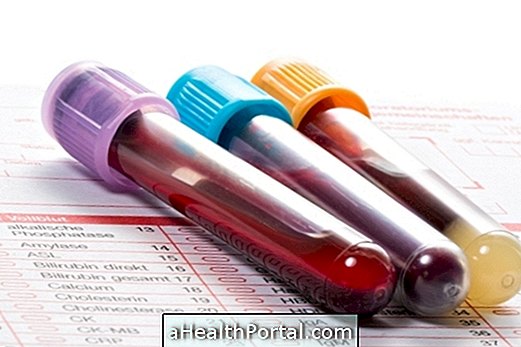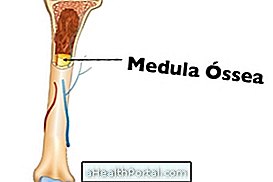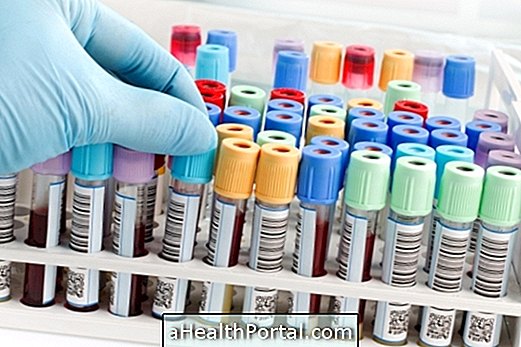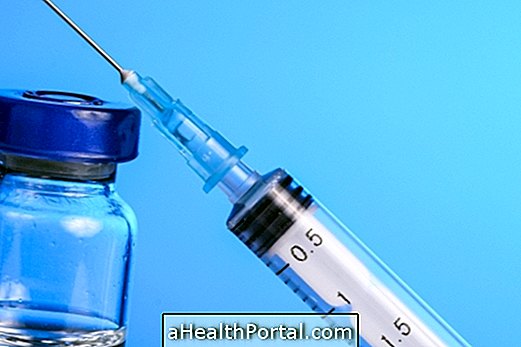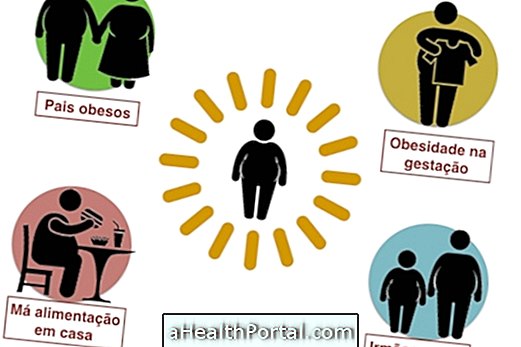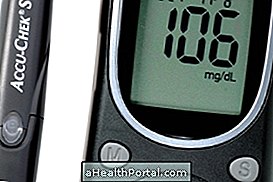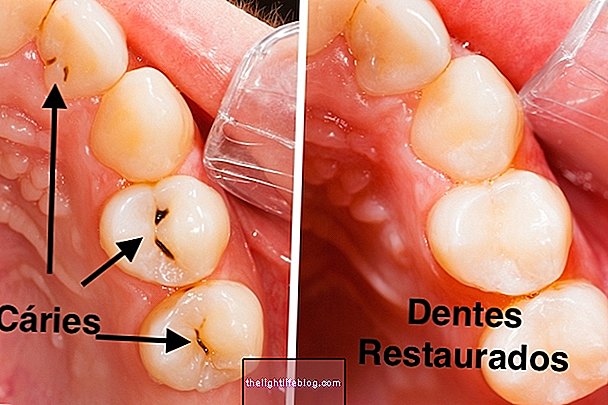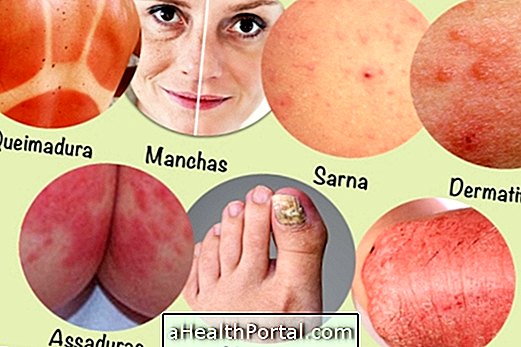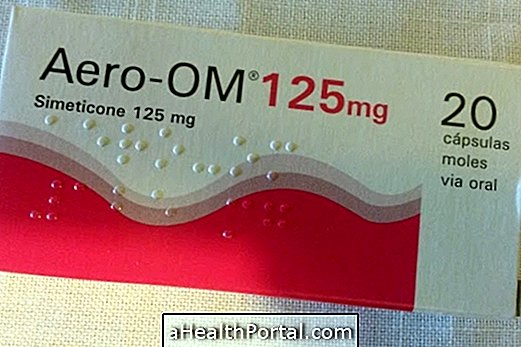RDW is the acronym for Red Cell Distribution Width, which in Portuguese means Red Blood Distribution Range, which evaluates the variation in size between the red blood cells, which is called anisocytosis.
Thus, when the value is high in the blood count, it means that the red blood cells are larger than normal, and very large and very small red blood cells can be seen on the blood smear. When the value is below the reference value, it usually has no clinical significance, only if, in addition to the RDW, other indexes are also below the normal value, such as VCM. Understand what VCM is.
The RDW is one of the parameters that make up the blood count and, along with the other information provided by the examination, it is possible to verify how the blood cells are produced and the general condition of the person. When the result of the RDW is altered, it is possible to be suspicious of some situations, such as anemia, diabetes or liver problems, whose diagnosis must be made from the analysis of the complete blood count and biochemical tests. Here's how to read the other blood test results.
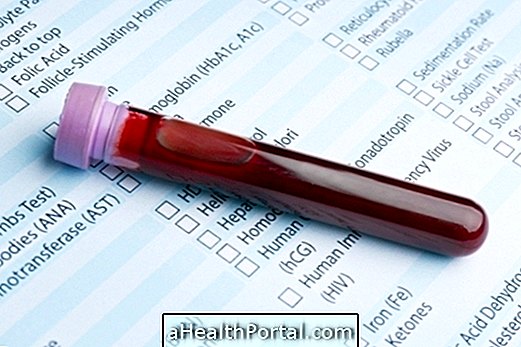
What is the reference value?
The reference value for the RDW in the blood count is 11 to 14%, however, this result may vary according to the laboratory. Thus, if the value is above or below that percentage, it may have different meanings and therefore it is always important that the value is evaluated by the doctor who requested the examination.
High RDW score
Anisocitosis is the term that is given when the RDW is increased, being able to be seen in the blood smear a great variation of size between the erythrocytes. The RDW may be increased in some situations, such as:
- Iron deficiency anemia;
- Megaloblastic anemia;
- Thalassemia;
- Diseases of the liver.
In addition, people on chemotherapy or with some antiviral drugs may also have increased RDW.
Low RDW score
Low RDW usually does not present clinical significance when interpreted alone, however if other changes in the blood count are noted, it may indicate anemia caused by chronic disease such as liver disease, kidney problems, HIV, cancer or diabetes, for example.
When can the exam be requested?
This test is often called for when anemia is suspected because of symptoms such as dizziness, tiredness or pale skin, for example. Check out the main symptoms of anemia.
However, the doctor can also ask for the exam when you have or had:
- Family history of blood changes;
- Bleeding during surgery or after a blow;
- Diagnosis of a disease that can cause changes in blood cells;
- Chronic disease, such as HIV.
Sometimes this test can even be ordered on a routine blood test, without a specific cause.
How to prepare for the exam
In order to perform the hemogram and, consequently, the RDW, it is not necessary to perform a fast. However, the CBC is usually required along with other blood tests that require a fasting of at least 8 hours.
Typically, blood collection takes less than 5 minutes and is easily at the hospital or at any testing clinic with the removal of a small sample of blood through the vein.

